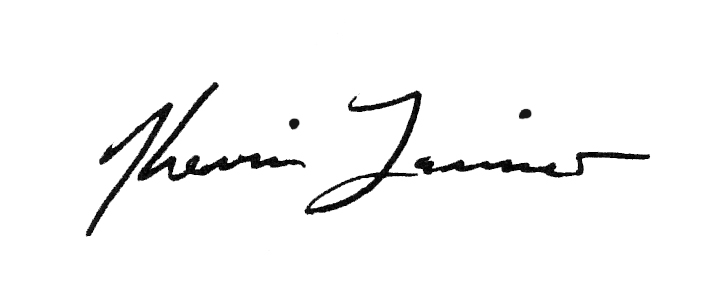Welcome to the Imagination
My son, age ten, recently asked me if I had ever been afraid of the nighttime. He was brushing his teeth, anticipating the trudge upstairs, where, with his thirteen-year-old sister at summer camp—her bedroom door closed for three whole weeks, her teenage secrets safe on the other side—he had the top floor of the house to himself. It wasn’t that he was actually scared of anything, he hastened to add, but that he was grappling with his ability, as he put it, to “distort” his thoughts. This led to a rather anxious exchange in which he clarified that he can control his own opinions and theories just fine (if only we adults were so restrained) but not so much the images that come to mind during the dreaded time of darkness. For example, the door to his room, if it’s ajar, and the hallway light is on? It can rather unexpectedly turn into a shadowy figure with arms crossed, staring at him. I assured my son this happens to the best of us. Welcome to the imagination, kid.
In her article “In Praise of Darkness: The Art of the Essay in Fraught Times” (page 25), Heather Lanier writes about exploring similarly unnerving terrain, which, while shrouded in darkness, can hold fertile soil for creative discoveries. “Good essays, essays that endure,” she says, “are often made when the writer metaphorically walks toward the black room, despite its warning signs, following little more than a handrail into the darkness.” This issue is alive with the work of writers who push forward into uncharted territory—not in spite of but rather because of a high degree of uncertainty about what they’ll find there. Why? As Lanier writes, “There’s art in that dark room.”
In our cover feature, “The Poetry of Perseverance” (46), Ada Limón tells Carrie Fountain that much of the work she put into her fifth book of poems, The Carrying, a stunning collection that she admits still “terrifies” her, was done “from inside the well with only a glimmer of light coming from the earth’s surface.” And in her introduction to “The Genre of Resistance: Debut Literary Nonfiction of 2018” (63), Melissa Faliveno observes, “The best nonfiction writers know darkness and aren’t afraid to dig into it.”
As you dig into this issue, I hope you feel empowered by the words of courage and encouragement from your fellow writers. Because these days there are any number of shadowy figures—both literal and figurative—trying to distort our thoughts, staring at us in the darkness. And the best of us are staring right back.







